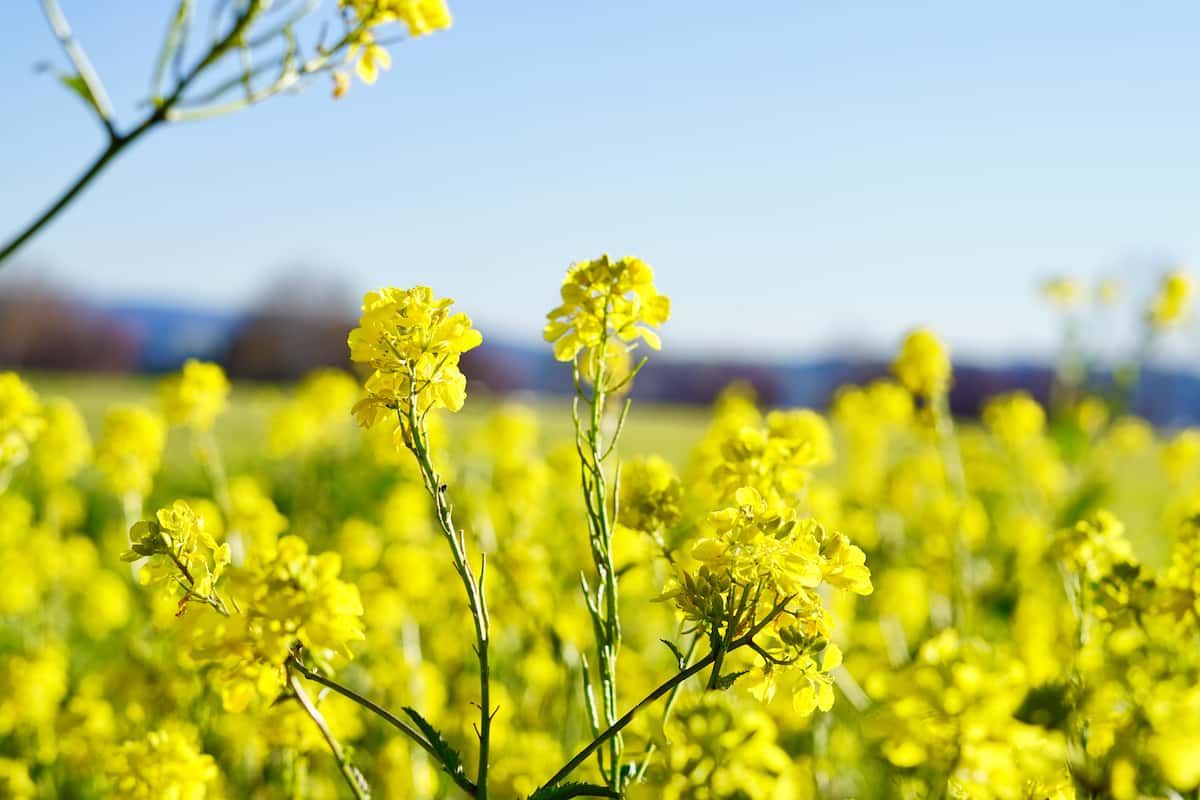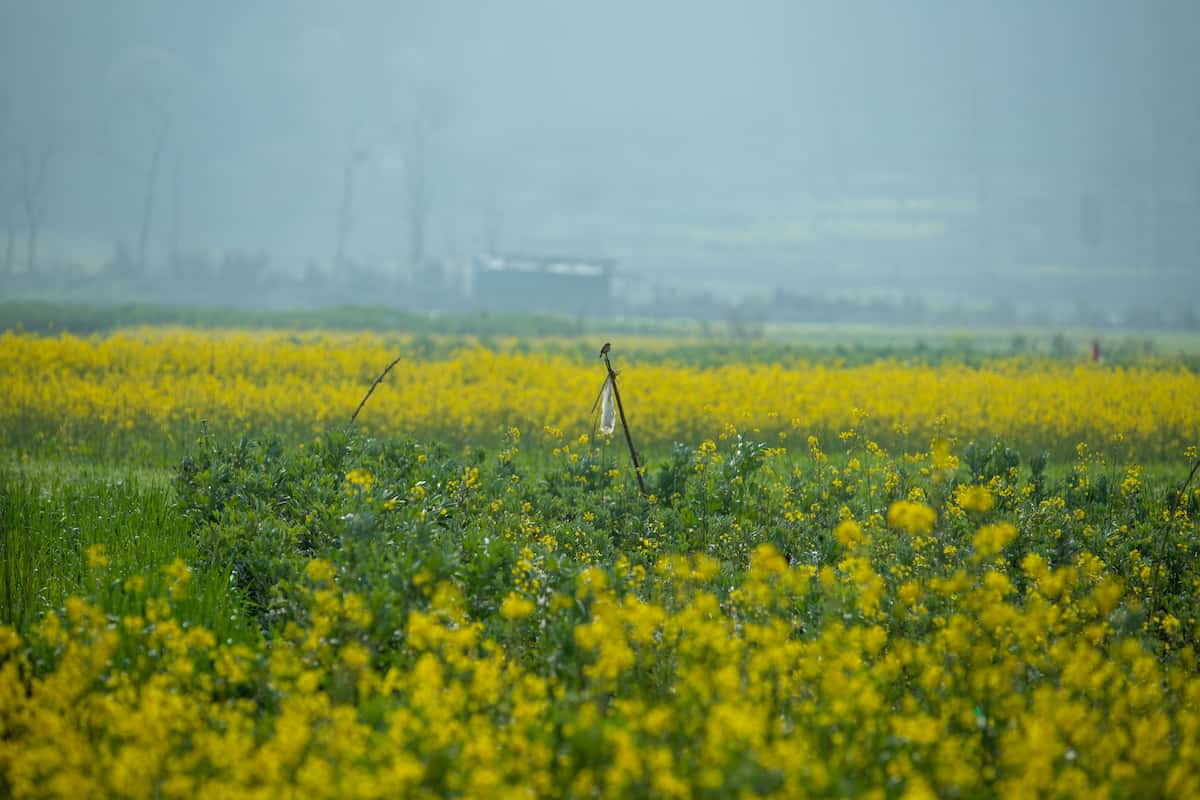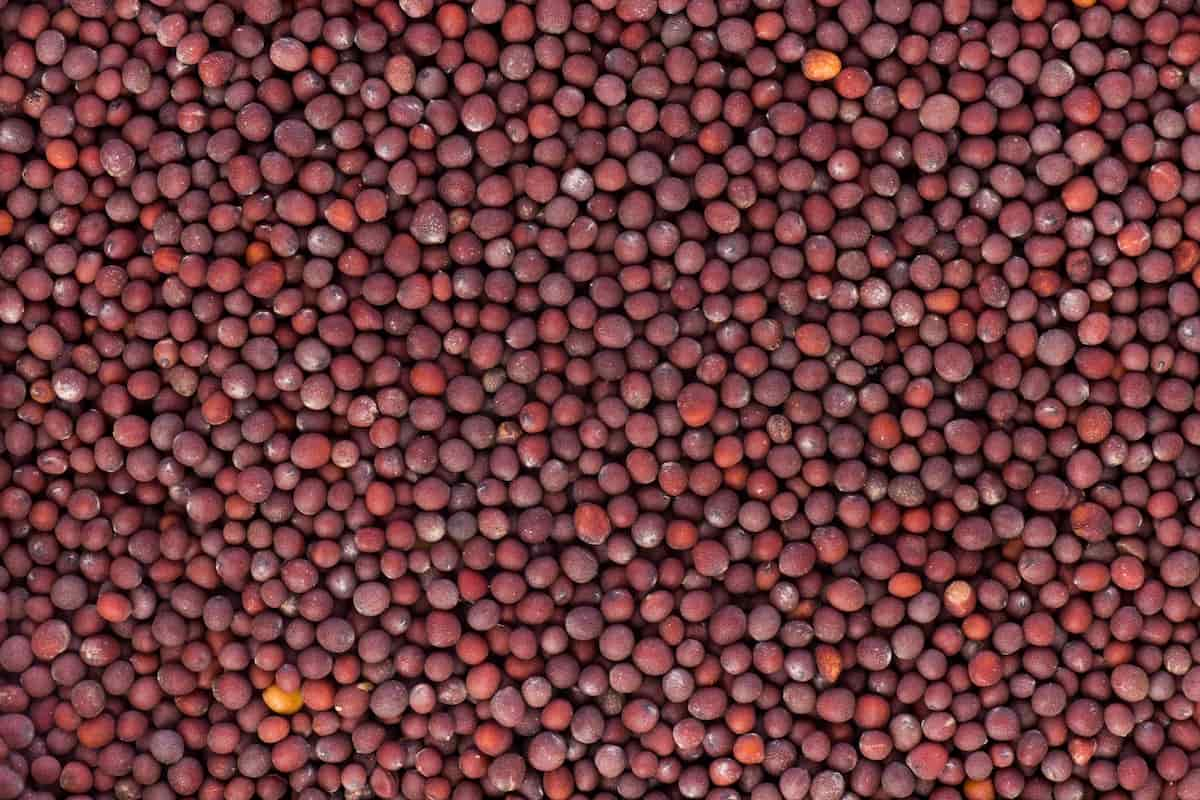Various methods can be adopted to enhance the production of female flowers in Mustard. One of the methods is to create optimal growing conditions, which includes providing suitable soil fertility, adequate irrigation, and maintaining the right temperature and lighting conditions. Another effective strategy is to use plant growth regulators to stimulate the development of female flowers.

This can be achieved by applying specific hormones like gibberellins and auxins, which are known to promote the formation of female reproductive structures. Furthermore, genetic modification can also be utilized to improve the expression of genes involved in female flower development.
How to Increase Yield in Mustard
Introduction to Mustard Cultivation
Mustard is an important crop from the Brassicaceae family and is grown for its seeds, leaves, and oil. It is a cool-season crop that can thrive in various soil types, but it prefers well-drained and fertile soil with a pH range of 6.0 to 7.5. The crop requires moderate temperatures ranging from 10°C to 25°C, and its growing season usually lasts between 70 to 120 days. Mustard can be grown under both rainfed and irrigated conditions, although the latter is preferred for higher yields.
The cultivation of Mustard involves several agricultural practices, including land preparation, sowing, fertilization, irrigation, weed control, and pest and disease management. The crop is harvested once the seeds have matured, and the intended use of the crop determines the harvesting method. Mustard is widely used in the food industry for its oil and condiment production, and it also has applications in medicine and cosmetics.
Understand the Anatomy of Mustard Flowers
Mustard flowers have various structures that are essential for reproduction. They are comprised of both male and female reproductive structures. The male structure, known as the stamen, consists of a filament and an anther. The anther releases pollen that contains the male gametes.
The female structure, called the pistil, consists of the stigma, style, and ovary. The stigma captures pollen, while the style links the stigma to the ovary. The ovary contains the female gametes that develop into seeds after fertilization. Petals and sepals protect the reproductive structures. Mustard flowers can have yellow or white color and typically have four petals and sepals arranged in a cross shape, which is a distinctive feature of the Brassicaceae family.
The Best Variety of Cultivation Mustard
These are some varieties of Mustard NRCYS 05-02, YSH 0401, Pusa mustard 22 (LET 17), Pusa Vijay (NPJ 93), Pusa mustard-24 (LET-18), Dhara mustard hybrid 1 (DMH 1) Hybrid, RB 50, RGN 145, Pusa Tarak, Pusa mustard 25 (NPJ 112), NRCDR 601 (DMR 601), Pusa Mustard 26 (NPJ 113), RGN 229, RGN 236, PBR-357, RLC-2 (ELM 123), Pusa Mustard 28.
Optimal Growing Conditions for Mustard
Mustard is a cool-season crop that grows best in cooler temperatures ranging from 7°C to 24°C. For a thriving mustard crop, the following optimal growing conditions should be provided:
- Soil: Mustard prefers well-drained soil that is rich in organic matter, with a pH between 6.0 and 7.5. Soil should be free of weeds before planting.
- Water: Mustard requires regular watering to keep the soil moist, but not waterlogged. Overwatering should be avoided.
- Light: Mustard requires full sun and minimum six hours of direct sunlight daily to thrive.
- Fertilizer: Mustard requires a balanced fertilizer that is high in nitrogen. A general-purpose fertilizer can be applied before planting and again after the first true leaves appear.
- Planting: Mustard can be directly sown into the soil or started indoors and transplanted outdoors once the seedlings are 3-4 inches tall. The seeds should be planted about 1/4 to 1/2 inch deep and spaced 1-2 inches apart.
In case you missed it: How to Increase Flowers in Moringa: Explained in 10 Simple Steps for Higher Yield and Profit

Mustard Flowering Stage
After 40-60 days of planting, Mustard reaches the flowering stage, producing yellow flowers that attract pollinators. If you plan to harvest Mustard for its seeds, waiting until the flowers develop into mature seed pods is essential. However, some varieties are harvested for their greens before flowering. Providing the plant with adequate water and nutrients during flowering is critical to ensure healthy seed production. Once the flowers are pollinated, the seed pods mature and can be collected and dried for making mustard condiments later.
Factors that Affect Less Flowers in Mustard
- Genetics: Some mustard varieties naturally produce fewer female flowers than others.
- Temperature: Mustard plants require a balance of cool and warm temperatures to produce female flowers; a low temperature can result in a lower yield.
- Soil pH: Mustard plants prefer slightly acidic to neutral soil (6.0-7.5), and an imbalanced pH can negatively impact the production of female flowers.
- Nutrient deficiencies: A lack of essential nutrients like nitrogen, phosphorus, and potassium can affect the development of female flowers in mustard plants.
- Watering: Over or under-watering can cause stress on the plant, impacting the production of female flowers. Consistent watering practices should be maintained.
10 Simple Tips to Increase Flowers in Mustard
- Plant mustard in a sunny location.
- Add organic matter to the soil before planting to improve nutrient availability.
- Ensure the soil pH is between 6.0-7.5.
- Use a balanced fertilizer with higher nitrogen content to support plant growth and also use the plant growth hormones like gibberellins.
- Monitor soil moisture and water as needed.
- Mulch around the base of the plant to retain moisture and reduce temperature fluctuations.
- Remove weeds or competing plants to reduce plant stress.
- Prune the mustard plant to promote bushier growth and increase potential flower buds.
- Control pests and diseases that may impact the plant’s health and development.
- Rotate crops to prevent soil-borne diseases and maintain soil fertility.
In case you missed it: How to Increase Female Flowers in Saffron: Explained in 10 Steps for More Yields and Profit

Conclusion
Factors such as genetics, temperature, soil pH, nutrient deficiencies, and watering practices need to be considered to increase the production of female flowers in mustard plants. However, simple measures like selecting the appropriate variety, ensuring adequate sunlight and water, improving soil fertility, controlling pests and diseases, and promoting bushier growth through pruning can help enhance the yield of female flowers. These measures will ultimately lead to a more plentiful harvest of mustard seeds, which can be used in cooking and condiment making.
- Feed Your Flock for Less: Top 10 Tips to Save on Chicken Feed
- Ultimate Guide to Ossabaw Island Hog: Breeding, Raising, Diet, and Care
- Hatching Answers: The Top 10 Reasons Your Chickens Aren’t Laying Eggs
- Eggs and Economics: Breaking Down the Cost of Raising Backyard Chickens
- Defend Your Greens: Proven Methods to Keep Iguanas Out of Your Garden
- Ultimate Guide to Cinnamon Queen Chicken: A Comprehensive Guide for Beginners
- Ultimate Guide to California Tan Chicken: Breeding, Raising, Diet, Egg-Production and Care
- Ultimate Guide to Marsh Daisy Chicken: Breeding, Raising, Diet, and Care
- 10 Types of Chicken Farming Businesses You Can Start for Profits